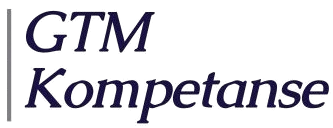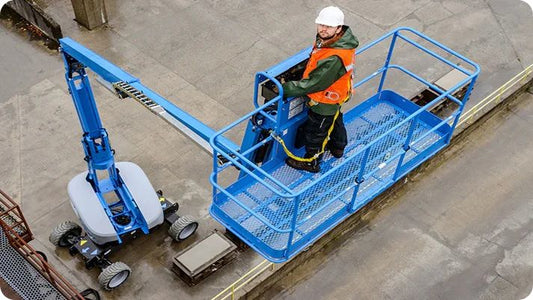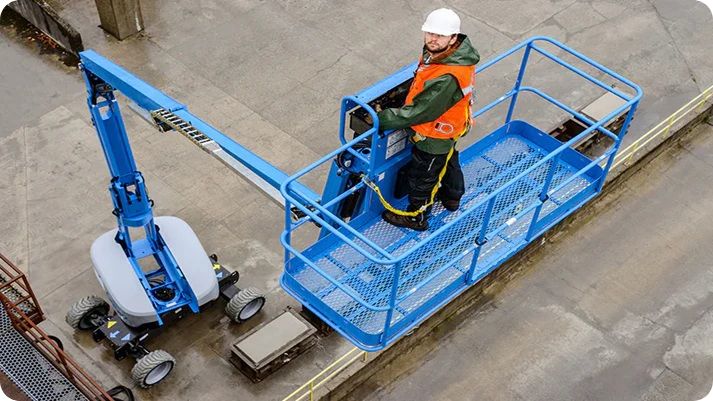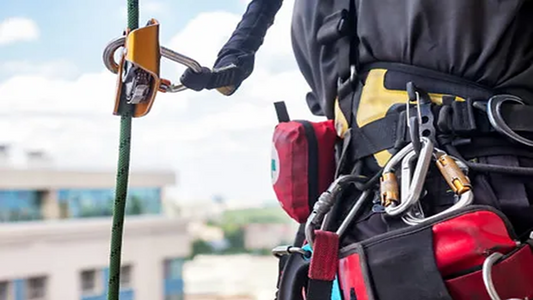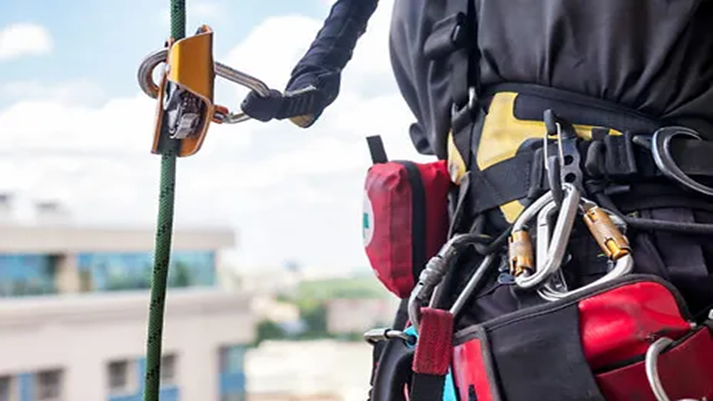In the aquaculture industry, fish welfare is one of the most important factors affecting both animal welfare and production quality. A solid foundation in fish welfare can lead to lower fish mortality, better fish health, and higher quality of the final product. Fish welfare courses provide those working in the industry with the necessary tools and knowledge to ensure that fish welfare is taken care of in the best possible way. In this post, we will explore why fish welfare courses are important, what they cover, and how they can help you and your business improve fish health.
What is fish welfare , and why is it important?
Fish welfare refers to the health and well-being of fish in aquaculture facilities. This includes several factors, such as the physical health of the fish, stress levels, environmental conditions, and how the fish are handled during the farming process. Good conditions for the fish are not only an ethical responsibility, but also have a direct impact on the productivity and quality of the fish produced.
The aquaculture industry has a great responsibility when it comes to fish welfare, and it is therefore important that everyone who works with live fish has a thorough understanding of the principles that underpin good fish health. Fish welfare courses are a key part of this.
Who needs to take a fish welfare course ?
Fish welfare training is required for anyone responsible for ensuring fish welfare in aquaculture facilities. This includes:
- Managers who have overall responsibility for the operation of aquaculture facilities.
- Farmers who are responsible for the daily care and monitoring of the fish.
- Personnel at a slaughterhouse who handle fish before and after slaughter.
- Transporters of live fish who must ensure that the fish is transported under safe and stress-free conditions.
By offering fish welfare courses , these workers can receive the necessary training to understand the needs of the fish and handle them in a way that is best for both the fish and the production.
What does a fish welfare course cover?
Fish welfare courses provide participants with a comprehensive understanding of fish welfare. Course content may vary, but typically such a course includes:
- What is animal welfare?: A basic understanding of the importance of animal welfare for both the fish and production.
- Fish biology and physiology : How fish function on a biological level, and how health problems can be prevented.
- From roe to smolt : How the fish develops from egg to smolt and what conditions must be in place to maintain good health throughout the life cycle.
- Vaccination and treatment : How and when vaccination should be administered, as well as treatment of diseases that can affect fish health.
- Stress and handling : How stress affects fish health and what methods exist to minimize stress in fish.
- Sea lice : How to prevent and treat sea lice, a common challenge in the aquaculture industry.
- Stunning and killing : Ethical and practical methods for stunning and killing fish in a humane manner.
- Relevant laws and regulations : What is required by legislation and which regulations regulate fish welfare in aquaculture.
The benefits of taking a fish welfare course
There are several benefits to taking a fish welfare course :
- Better fish health : By understanding how to best handle and care for your fish, you can reduce the risk of disease and stress.
- Higher product quality : Fish that is well treated will have better quality, which can lead to higher prices and better marketing.
- Increased productivity : Healthy fish are more productive, and a fish welfare course can help reduce mortality and improve growth rates.
- Ethics and legislation : Taking a fish welfare course ensures that you are in compliance with current legislation and ethical guidelines in the industry.
- Competitive advantage : Companies that have employees with training in fish welfare can stand out in the market and attract customers who value sustainable and ethical fish production.
How is a fish welfare course conducted?
Most fish welfare courses are offered online, making them flexible and accessible to employees in the aquaculture industry. The courses are divided into modules that cover different aspects of fish welfare, and participants are given tasks to complete along the way. After completing the course, participants can take an exam, and upon passing the exam they receive a certificate of competence that is valid for five years.
Online courses give participants the opportunity to learn at their own pace and from any location, making it easier to fit the training into their work schedule.
What regulations and rules apply to fish welfare?
In Norway, fish welfare is regulated through several laws and regulations. The most important regulation for aquaculture is the Regulation on the Operation of Aquaculture Facilities . This regulation sets requirements for how aquaculture facilities should be operated, including provisions on fish welfare. In addition, there are requirements for training and competence, which are covered by the Food Production and Food Safety Act .
Fish welfare courses are part of the training requirements that ensure that employees in the aquaculture industry have the necessary competence to safeguard fish welfare in a professional and legally compliant manner.
How to choose the right fish welfare course for you?
When choosing a fish welfare course , it is important to make sure that the course is approved by relevant authorities, such as the Norwegian Food Safety Authority. This ensures that the course content is in line with legislation and provides the necessary competence to ensure fish welfare in a professional manner. Also make sure that the course is flexible and tailored to your needs, whether you are a manager, farmer, or other aquaculture personnel.
Fish welfare training is essential to ensure that the aquaculture industry is run in an ethical and professional manner. By taking such a course, industry employees gain the necessary knowledge and skills to ensure fish welfare in the best possible way, which results in both better fish health, higher quality products, and ethical responsibility. Investing in fish welfare training is an investment in both animal welfare and sustainable growth for the aquaculture industry.
